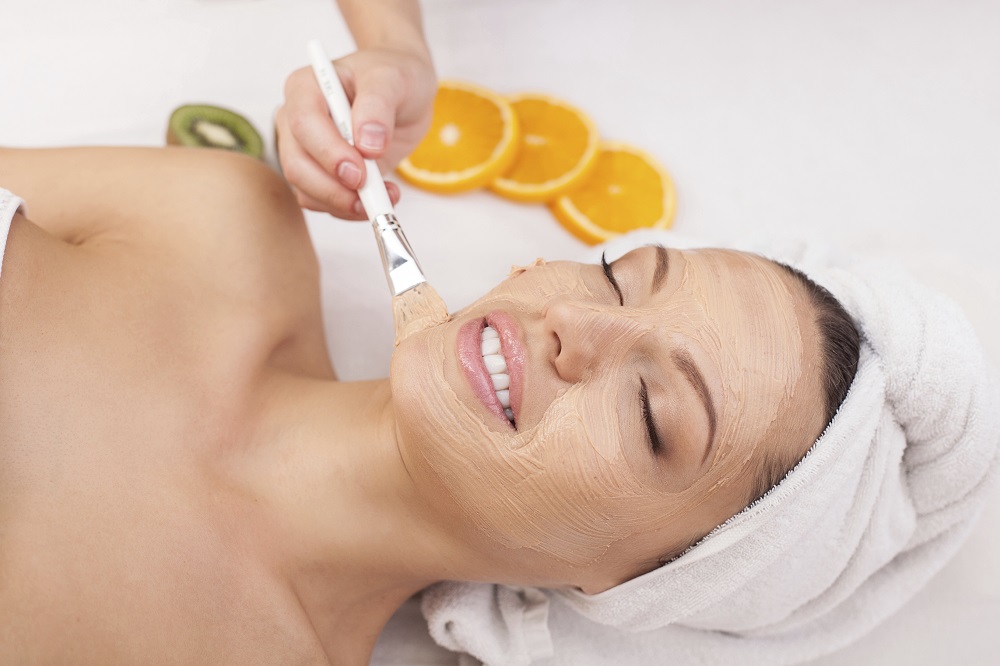
Facials are wonderful in many ways: smoothing out your facial skin, helping you feel rejuvenated, and sloughing off dead skin cells. Many of us enjoy a facial now on occasion, perhaps in conjunction with a massage. However, some of you may find yourselves wondering if facials can help improve the appearance of scarring.
A one-time, light facial designed for rejuvenation and stress release can be good for the mind and body, but isn’t enough to help scars fade. That said, continual massage for scars on the face or anywhere on the body for that matter has been known to reduce the effects of scarring over time – particularly on newer scars. It’s important to note, though, that you should always wait until a wound is healed before massaging it.
Slow, gradual massage that increases pressure little by little over time can help a scar improve. Topical ointments like Scarfade can aid immensely in fading scars with regular use. These types of topical silicone gels can be incorporated as part of the massage and can help regulate the body’s natural production of collagen, leading to less pronounced scarring. The key is to use these products consistently over an extended period of time. Generally, a full course of treatment lasts roughly 12 weeks (2 applications per day).
Why massage your scars? There are many reasons why you should do this. First off, massage can help break down tough fibers that form as a wound heals. In addition, massage stimulation can encourage healing while also reducing pain and tightness of the affected area.
In addition to massage, there are other ways to reduce the effects of scarring, such as:
- Laser resurfacing: This can be done as an out-patient procedure right in your dermatologist’s office. It works by removing the damaged top layer of skin, tightening up the middle layer, and resulting in smoother skin. Expect the skin to heal within three to 10 days.
- Dermabrasion: This is accomplished through the use of a rotating wire brush or spinning instrument designed to smooth the surface of the skin. When the abraded skin sloughs off, a fresh, smoother layer emerges in its place. The healing process is a bit longer than with Laser Resurfacing, at 10 days to three weeks.
- Fractional laser therapy. This non-invasive treatment utilizes a device to deliver a laser beam that’s divided into thousands of microscopic treatment zones targeting a fraction of the skin at one time. The healing period is relatively short, as you’ll just look like you have a sunburn for a few days.
It’s not a bad idea to keep a tube of scar gel such as Scarfade in your medicine cabinet at all times. You never know when it will be needed.
